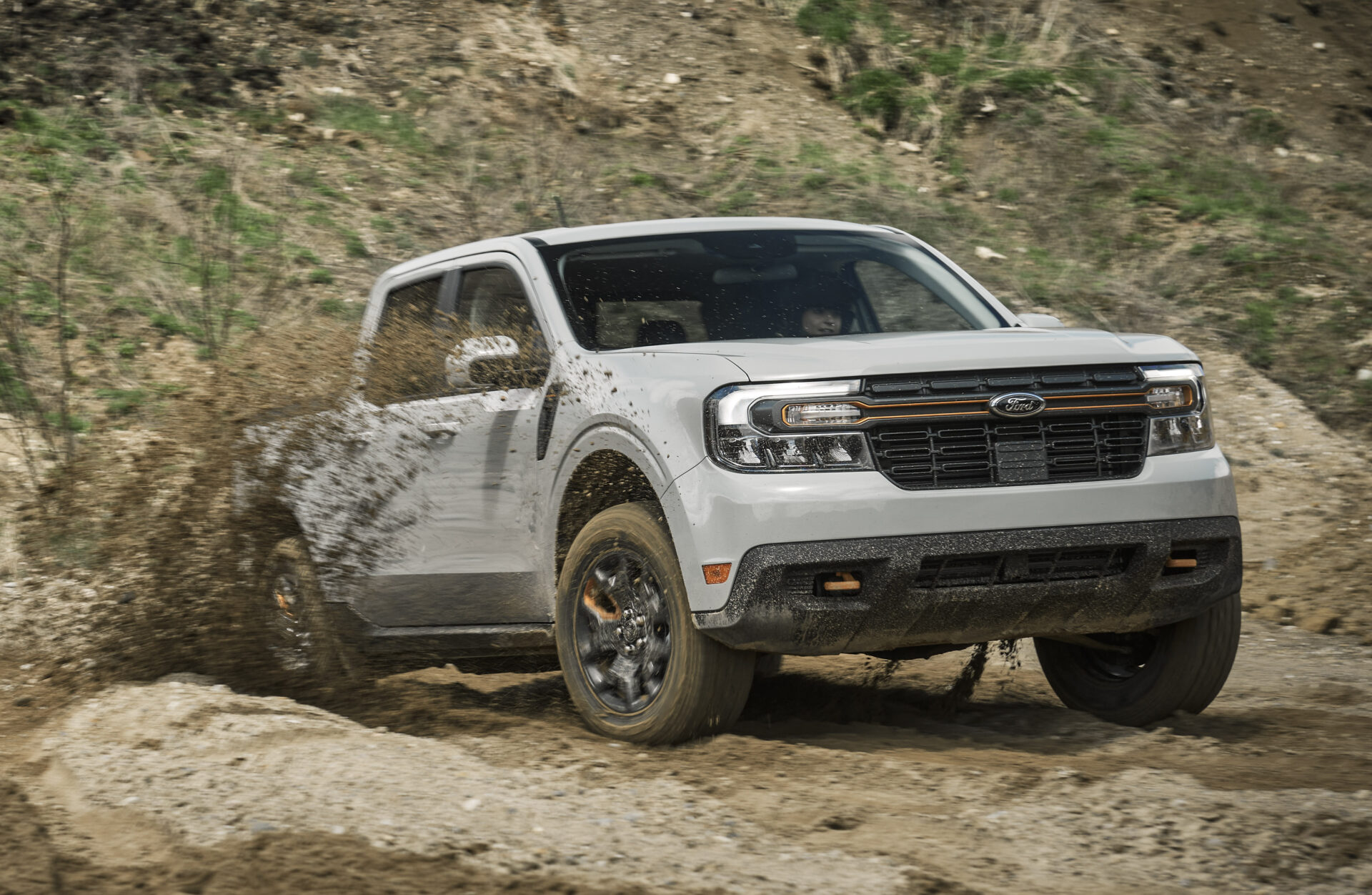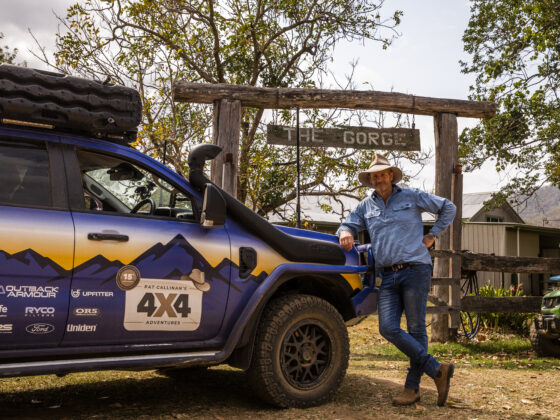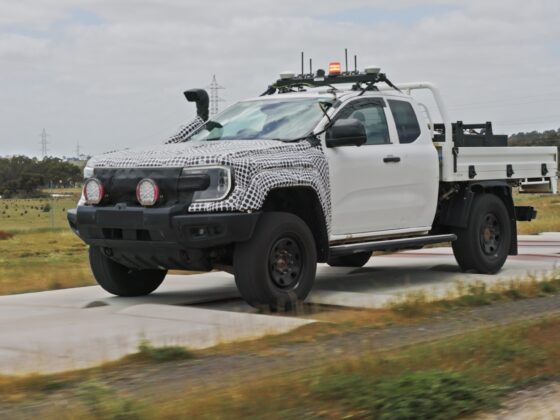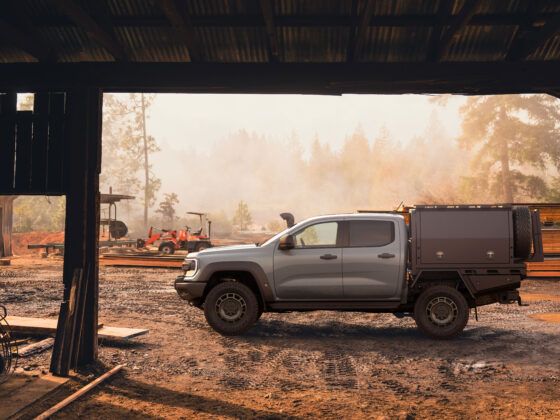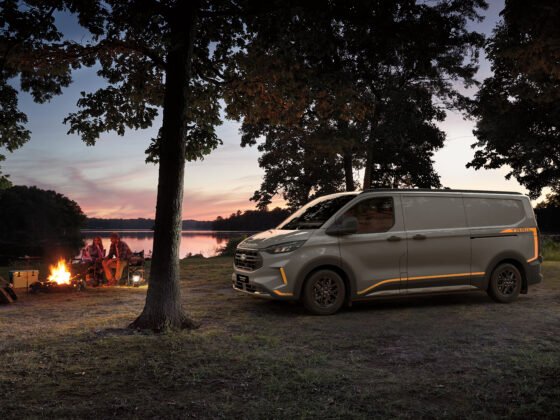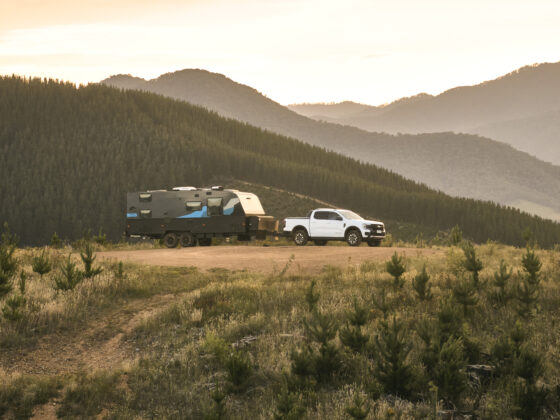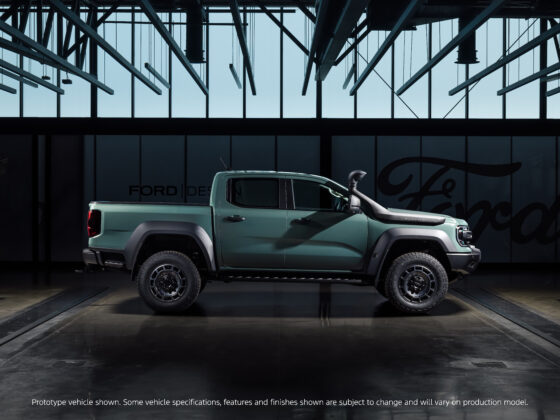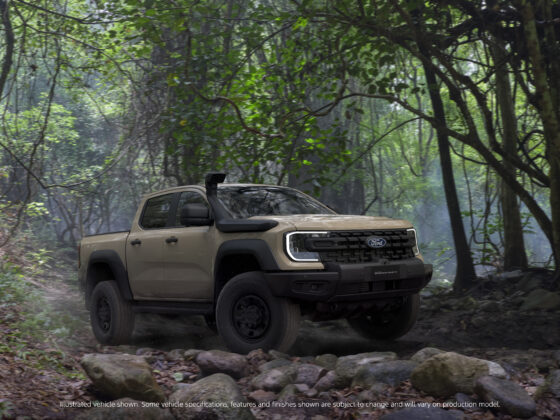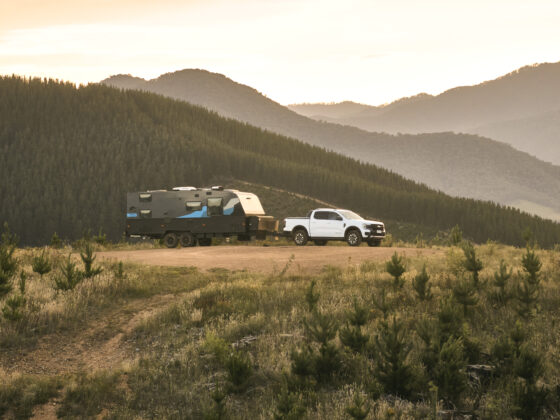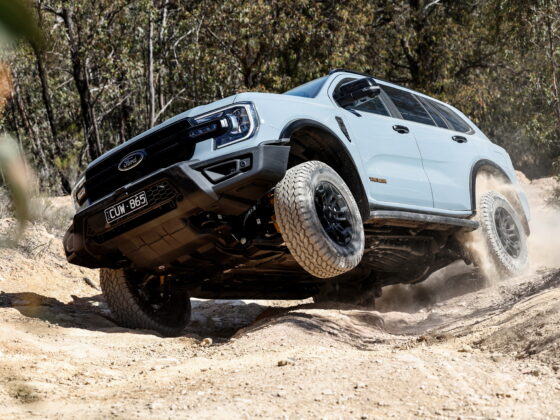Us Aussie’s love our utes. We’re a unique nation that defines the saying “Word hard, play hard” and we expect the same of our vehicles. We want something that’s perfect for seeing what’s at the other end of a fire trail. For a Saturday morning Bunnings run for a tub full of home-reno supplies. It’s got to be able to handle the tools for the job site. And be able to throw a dirtbike in the back on the weekend. It’s the reason the Ranger is the number one-selling vehicle in Australia right now. But is bigger ALWAYS better? When the vast majority of people buying these utes spend 90% of the time doing the school run, driving to work, and throwing some camping kit in for a weekend away does every prospective ute buyer really need something that can tow 3500kg and bounce up rock ledges?
Ford America asked the same question, and invented what just might be the most Aussie ute ever, the Ford Maverick. Despite being based on a car platform, the Maverick just knocked the Tacoma off the sales podium so maybe we should start paying attention?
The heck is a Maverick?
The Ford Maverick represents a significant return to traditional ute designs. A car up front, a truck in the back, enough space to get the kids out camping while being nice enough to drive to church on Sundays. The Maverick is based on Ford’s global C2 platform, which it shares with the Ford Escape and Bronco Sport. This underpinning allows the Maverick to benefit from the advanced engineering and design of crossover SUVs, ensuring a comfortable ride, good handling, and efficient space utilization. All the things you’d want in a family car but not the typical buzzwords for an off-roader. The unibody construction contributes to its car-like driving dynamics, distinguishing it from the body-on-frame build typical of larger utes like the Ranger.
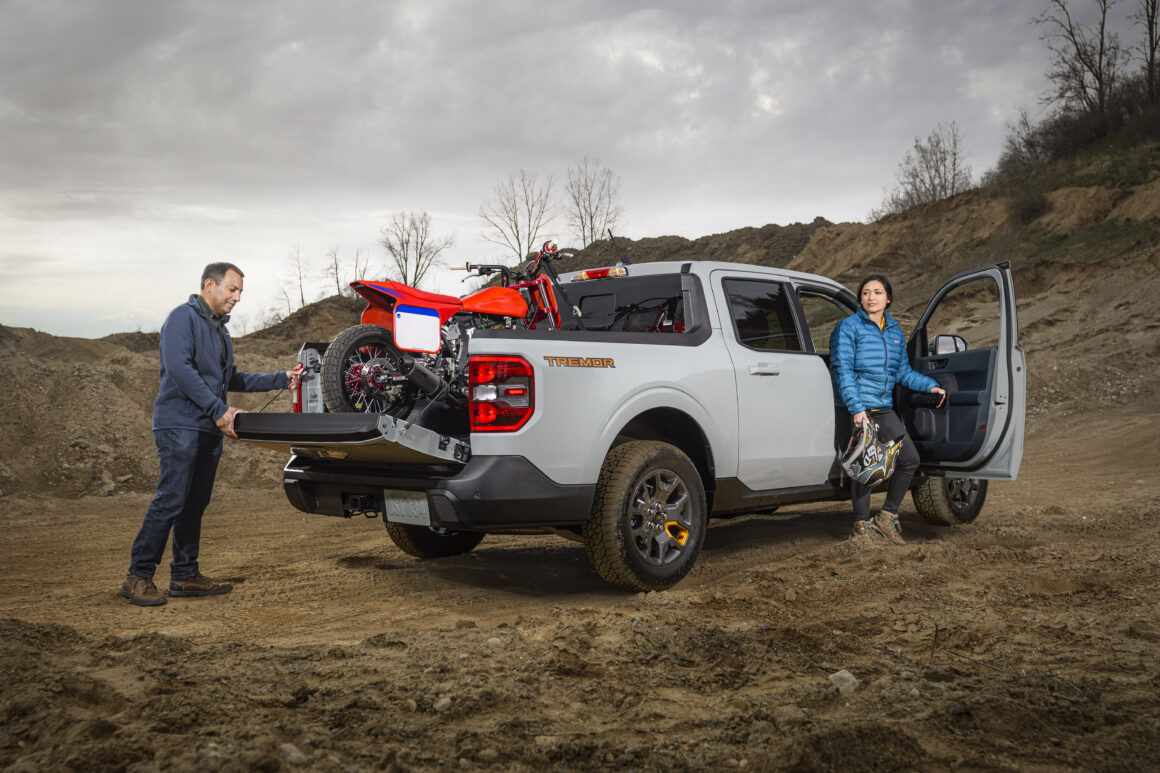
Can it cut it off-road?
Look, before we even get in to making a business case on why someone might want a *gasp* smaller ute, we need to ask the question. Can these things actually cut it off-road? The answer is a pretty solid maybe. Depending on what you count as off-road. If you’re the kind of 4X4er to go bouncing down Gunshot, up Camp Road, and swing through Beer O’Clock Hill on your way home then probably not, although let’s be honest, do any new 4X4s suit your needs stock? For the vast majority of off-roaders who are looking to do exploring down dirt roads, take on scenic tracks like the Old Tele and Billy Goats, then absolutely a Maverick can get it done. Option up the Tremor off-road pack and here’s a quick run-down on what you’ll get standard.
- Upgraded half shafts
- 1in suspension lift
- Upgraded shocks
- Rear diff lock
- Selectable drive modes
- Heavy-duty trans cooler
- AT tyres
- Tremor spec front bar with improved approach angle
- Steel bash plates
- Ford’s Trail Control system
Not bad for something based off a soft-roader eh?
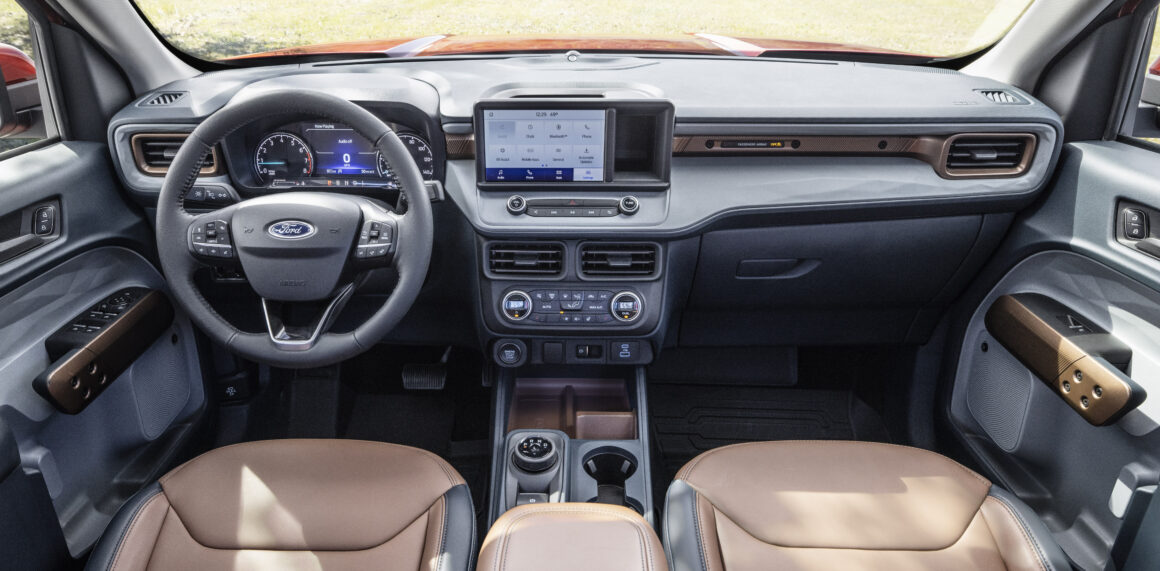
Great stuff, but why do I care?
Ever built yourself out a fantasy garage? We’ve all done it. Maybe a decked-out F150 with a camper on the back for a tourer. A Mustang parked next to it would make a great daily driver. A Raptor would be good for running around to and from the job site. And a hot hatch thrown into the mix to teach the tin-lids how to drive in. And that’s without even talking classic metal. In reality though, unless Bill Gates is reading this, most of us will need to make compromises where one vehicle needs to do-it-all.
A compact, affordable, efficient vehicle like a Maverick is never meant to replace the F-150 towing a caravan, but it’d make a good replacement for the grocery getter parked next to it serving family duties, allowing the tourer to stay loaded up just for big trips. For a large market segment, an economical comfortable runaround would be perfect for them, except they also want to go camping, tow the tinny down to the water, and take the kids out mountain biking so they’re forced into a bigger ute than they’d need. A Maverick would be the perfect compromise.
Would it actually sell?
Look, this is a tough pill to swallow, but as a lover of all massive vehicles (there’s an ’81 Bronco parked in my shed), the Maverick would certainly make a pretty convincing pitch to a lot of Aussies. Sure, readers here skew more towards serious outback touring and harder off-road driving than most, but there’s a LARGE segment of Aussies who dip their toes in the outdoor lifestyle and don’t need a hardcore tourer. It’s the reason SUVs have wiped sedans clean from the market, everyone loves the idea of an adventurous life, but most need to balance it with affordability and practicality.
The Maverick, spec’d up with the Tremor package in XLT trim retails in the U.S. for under $50k. That’s smack bang in the middle of the price range of most soft-roaders on the market. It’s also $20,000 cheaper than a lot of traditional dual cab utes, even with the better off-road spec from the Tremor package. The recent Chinese utes on the market are proof lots of people want an affordable dual cab with more focus on practicality than hard-core Outback credentials. The Maverick would be in a segment all of its own.
Conclusion
For yonks people have been screaming from the tree tops for manufacturers to make simpler utes for cheaper prices. Safety and emissions standards mean you won’t get a mechanically simpler vehicle these days, and customers’ demands of comfort mean you won’t get a simple interior. But if you’re not bounding up rock ledges and towing a block of flats along Straddie, there’s a simpler option that’ll still serve daily duties and get you out camping. Now, if only Ford would bring it here already so we can park it next to the Bronco, it’d be great to have one 4X4 that could drive past a servo without giving me anxiety. What do you say Ford?



